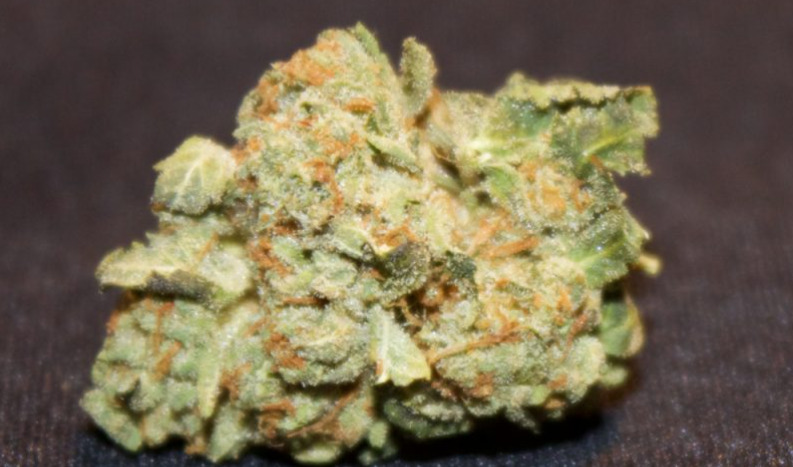As the son of Indian immigrants, any attempts to discuss cannabis with my parents have been mostly futile. By their logic, how could cannabis be a less harmful substance than alcohol and tobacco if it was illegal and the latter two were legal? You’re right, Mom, everything the government says is correct, so let’s just stop voting on any new laws.
My parents were also always skeptical of the plant’s medical efficacy — until 2013, that is. In 2013, CNN’s Chief Medical Correspondent, Dr. Sanjay Gupta, released a series of investigative reports in which he explored the medicinal properties of cannabis. His conclusion was that the plant is, indeed, medicine, and that we have been intentionally and systematically misled by our government.
Obviously, many of us already knew this. But for people like my parents, this was a revelation. By this point, I had turned down a corporate job with an enormous tobacco conglomerate to work in cannabis — a decision that didn’t sit so well with my parents until Gupta came along.
His documentary “Weed” was so monumental that Boulder-based Helping Hands Dispensary even named a strain after him. I heard rumors that CNN had ordered the shop to cease and desist, which kept the strain in the back of my brain.
I recently found myself in Boulder for a visit at my friend Eli’s company, Grownetics. We had gone to the Pearl Street Mall for lunch and happy hour when I decided to visit a dispensary. We looked up the closest shop, which happened to be Helping Hands Herbals, a place I had shopped in the past. After getting checked in and perusing the selection, I bought a gram of the Sanjay Gupta Kush (also known as Gupta Kush). I also bought a gram of Hibiscus Sunshine, a strain with an exotic, fruity smell.)
Gupta Kush by the numbers: $12/gram at Helping Hands Herbals (medical) 1021B-C Pearl Street, Boulder
According to the store’s website, Gupta Kush is a cross of Hawaiian genetics and an unspecified indica.
It had a tight, kushlike nug structure with long, bright orange hairs. The leaves were a dark shade of green and covered in trichomes.
The smell was primarily piney with an undertone of bubble hash. It was pungent — so pungent, in fact, that my mom asked if I had smoked inside their house. Of course I hadn’t smoked inside; I just had the jar in my backpack. The hashy undertone in the smell brought back memories of smoking charas in India and made me think it would be a good strain for a spliff. However, I was fresh out of tobacco, so I was forced to roll a small joint.
The nug was dense and moist, and the trichomes made it sticky. The combination of these three factors made it tough to break up with my fingers.
I wanted to squeeze in a quick smoke before a sunset walk at Cherry Creek State Park. So, I went out to the backyard and sparked it up. When I lit the joint, the flavor was dominated by the pineyness that I smelled earlier.
As I smoked it down to the second half of the joint, a spiciness became more evident.
After I smoked, I went to the side entrance of the park and started my walk. I felt my body relax and quickly found a comfortable rhythm. The usual barrage of random thoughts in my head (a result of ADD) subsided, and I felt a sense of mental calmness. As I strolled Cherry Creek Trail, my mind felt clear and I contemplated my work and personal life.
Then my thoughts turned to Gupta, and the impact that he has unintentionally had on my life, despite the fact that we have never met.
As medical cannabis has become more accepted by mainstream society, high-CBD products have become life-saving medicine for many children, as Gupta has chronicled. He continues to shine a much-needed spotlight on the families who are medical refugees, moving to Colorado to take advantage of access to this medicine.
In some sense, Gupta has also played a pivotal role in my life. His first one-hour documentary made cannabis (and my line of work) exponentially more acceptable to Indian baby boomers like my parents and their friends — something I had unsuccessfully been working on for nearly 10 years.
Originally written for and published by The Cannabist, a division of The Denver Post, on December 22, 2016


